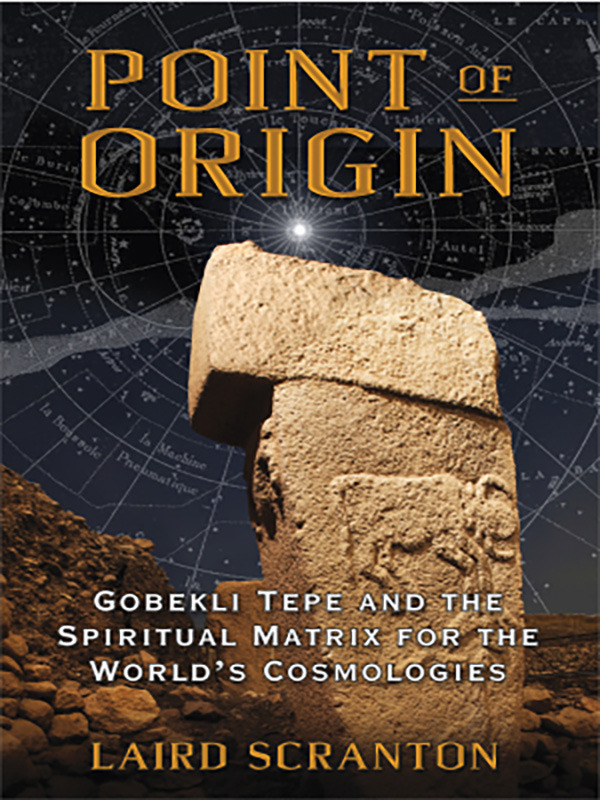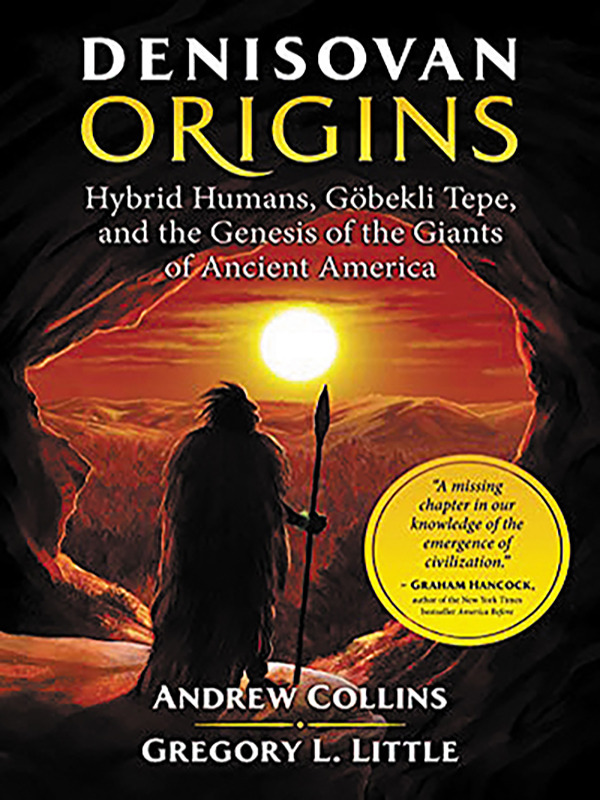Point of Origin: Gobekli Tepe and the Spiritual Matrix for the World's Cosmologies
How could multiple ancient cultures, spanning both years and geography, have strikingly similar creation myths and cosmologies? Why do the Dogon of Africa and the civilizations of ancient Egypt, India, Tibet, and China share sacred words and symbols? Revealing the existence of a long-forgotten primal culture and the world’s first center of higher learning, Laird Scranton shows how the sophisticated complex at Gobekli Tepe in Turkey is the definitive point of origin from which all the great civilizations of the past inherited their cosmology, esoteric teachings, and civilizing skills, such as agriculture, metallurgy, and stone masonry, fully developed.
Before Atlantis: 20 Million Years of Human & Pre-Human Cultures
A comprehensive exploration of Earth's ancient past, the evolution of humanity, the rise of civilization, and the effects of global catastrophes - Explores biological evidence for the aquatic ape theory and 20-million-year-old evidence of pre-human cultures from which we are not descended - Traces the genesis of modern human civilization to Indonesia and the Central Pacific 75,000 years ago after a near-extinction-level volcanic eruption - Examines the profound similarities of megaliths around the world, including Nabta Playa and Gobekli Tepe, to reveal the transoceanic civilization that built them all.
Denisovan Origins: Hybrid Humans, Göbekli Tepe and the Genesis of the Giants of Ancient America
Andrew Collins and Gregory L. Little reveal the profound influence of the Denisovans—a genetically Homo sapiens /Neanderthal hybrid, whose bones were discovered in Siberia—and their hybrid descendants upon the flowering of human civilization around the world. The authors trace the migrations of the sophisticated Denisovans and their interbreeding with other hominid populations over 40,000 years ago. Ice-age cave artists, the builders at Göbekli Tepe and the mound-builders of North America all share a common ancestry in the Solutreans, who, the authors say, were themselves hybrids of immense sophistication. They dominated southwest Europe before reaching North America 20,000 years ago.



